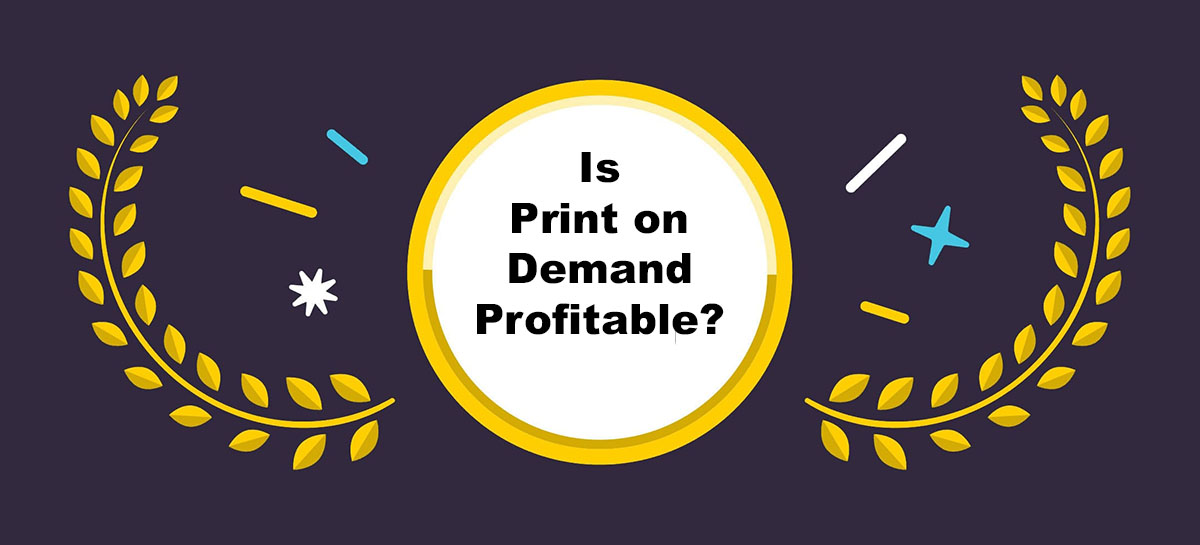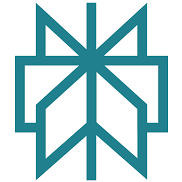I get asked this all the time: “Is print-on-demand actually profitable, or is it just another online business that looks better on YouTube than in real life?”
If you’re trying to decide whether to dive into print on demand (POD) or you’re already in the game and wondering why you’re barely breaking even, you’re not alone.
I’ve been working in ecommerce for years, and print-on-demand has always been one of those models that sounds amazing at first — low upfront investment, no inventory, no shipping headaches — but the profitability question doesn’t go away.
So let’s break this down properly. Not the hype. Not the fantasy. Just real talk, backed by real numbers and current market data.
What Makes Print-On-Demand Profitable?
The truth is, POD is profitable under the right conditions — and a lot of sellers don’t hit those conditions.
To be successful with it, you need more than just clever designs. You need to understand margins, marketing, brand positioning, and customer behavior.
The Core Drivers of Profitability:
- High perceived value products: If you’re selling basic t-shirts to a broad audience, margins are slim. But if you’re offering emotionally-driven, niche-specific designs, people pay more.
- Low customer acquisition costs: Paid ads eat profits fast. Organic traffic or an engaged audience = healthier margins.
- Repeat buyers: One-time sales won’t cut it. Repeat customers, upsells, and email marketing are what keep the business sustainable.
- Tight operations: Keeping mockups, product creation, and customer service efficient is a big deal. A bloated process kills profits.
Here’s a breakdown of the typical costs and pricing using Printful as an example:
| Item | Cost (USD) |
|---|---|
| T-shirt (Printful) | $13.00 |
| Shipping (US) | $3.99 |
| Shopify monthly plan | $39.00 |
| Facebook Ads (per sale average) | $15–$25 |
| Sale Price (Average) | $25.00 |
If you’re paying $16.99 to deliver one item and selling it for $25, you’re left with $8.01 before marketing. If you’re using ads and spending $20 per sale, you’re underwater.
That’s why profit is tied so closely to audience strategy and backend systems.
How POD Stores Actually Make Money
A lot of creators start with the wrong model — no niche, no strategy, just “cool designs” and hope. That rarely works.
Here’s what successful stores have in common:
- They sell to a niche.
A store that targets dog moms, electricians, or military spouses will always outperform a generic t-shirt shop. People buy emotionally — and a tight niche lets you speak their language. - They charge more.
If your shirt is $25, and your competitor charges $19.99, guess what? You’re likely more profitable — because pricing isn’t about cost, it’s about perceived value. Customers pay more when it feels personal. - They own their traffic.
Email lists, organic TikTok, Instagram audiences — these channels are free to scale once built. Paid ads are fine for testing, but relying on them long-term kills profits. - They expand the backend.
One shirt sale shouldn’t be the end. The best sellers use email sequences, upsells, cross-sells, and bundles to increase average order value (AOV).
Successful POD store example structure:
- Homepage with bold branding tied to the niche
- Bestseller collection that highlights top emotional designs
- Strong social proof (photos, reviews, testimonials)
- Simple checkout with upsells (hoodies, mugs, etc.)
- Email capture popups with a welcome discount
- Automated emails to recover carts and promote related products
This is how you create a machine — not a random merch store.
POD Platforms and Their Profit Potential
Let’s go through some of the biggest print on demand companies and what kind of profit you can expect from each. Each one has different cost structures and branding opportunities.
Printful
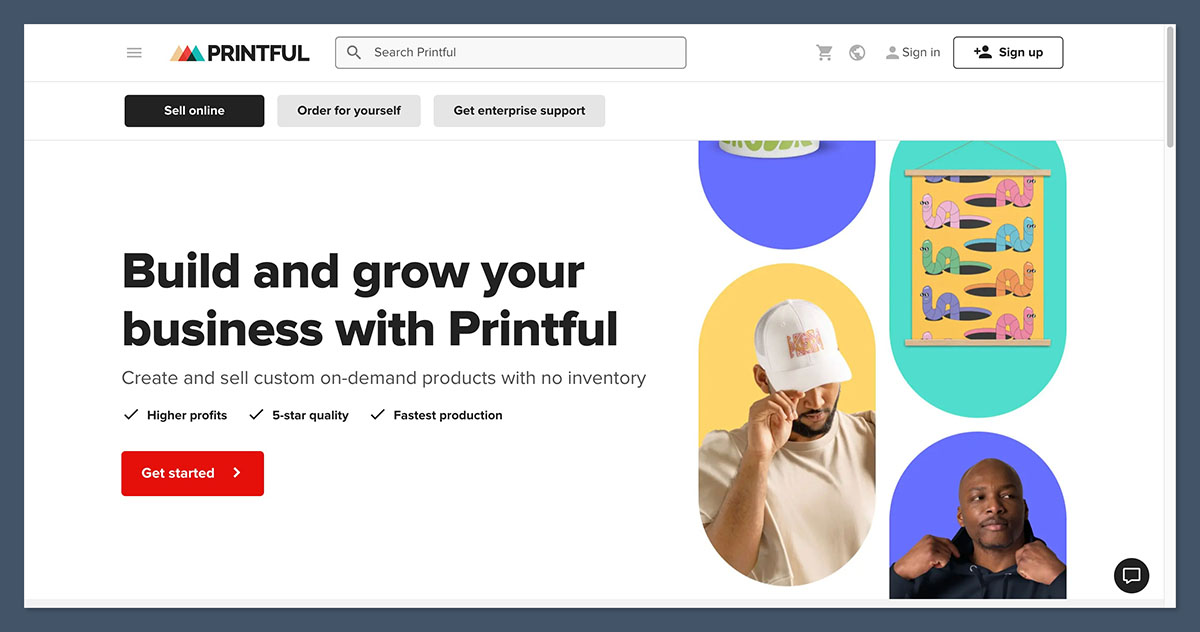
Printful is great for sellers who prioritize quality and want strong branding options. It offers custom labels, packaging inserts, and a wide product range, making it ideal for building a long-term brand.
However, its base prices are higher than many competitors, so it’s better suited for stores that can justify premium pricing through niche targeting or strong brand identity.
Pros:
- Wide range of premium products
- Warehouses in US, EU, etc.
- Branding features (pack-ins, labels)
Cons:
- High base prices
- Harder to compete on pricing
Printify
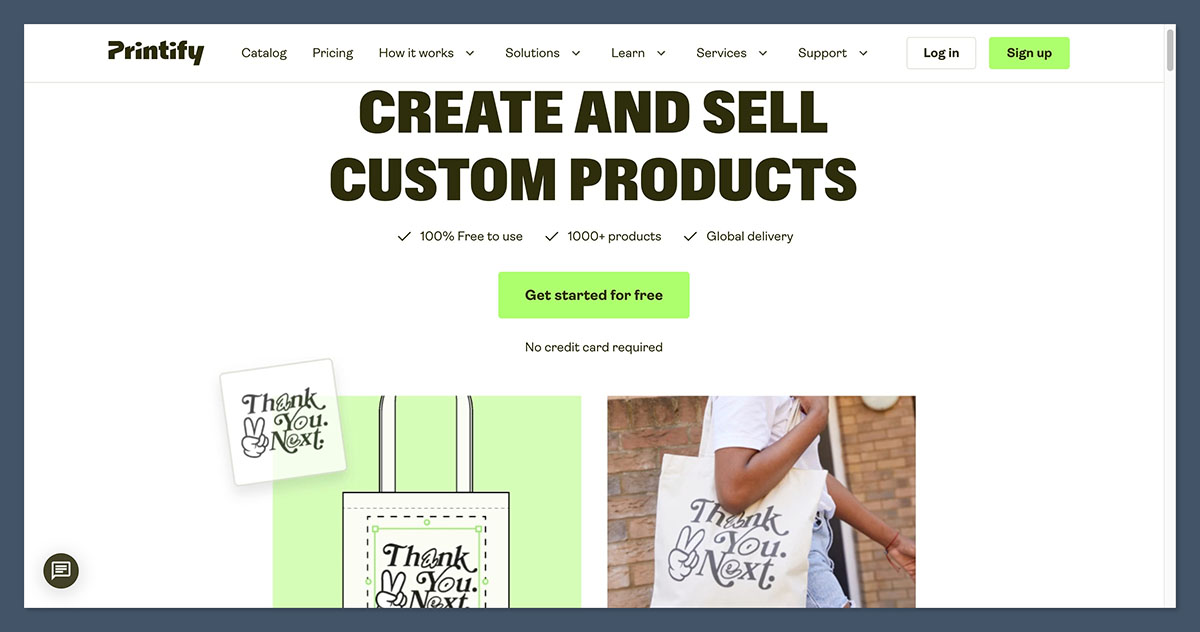
Printify offers better margins thanks to its network of multiple suppliers, allowing you to choose the most cost-effective option for each product. This flexibility can significantly improve your profit potential.
However, product quality can vary between suppliers, so it’s important to research and test products before committing to ensure consistency and customer satisfaction.
Pros:
- Cheaper product options
- Bulk discount plan (Printify Premium)
- Good for testing ideas quickly
Cons:
- Less control over branding
- Print quality varies by supplier
Gelato
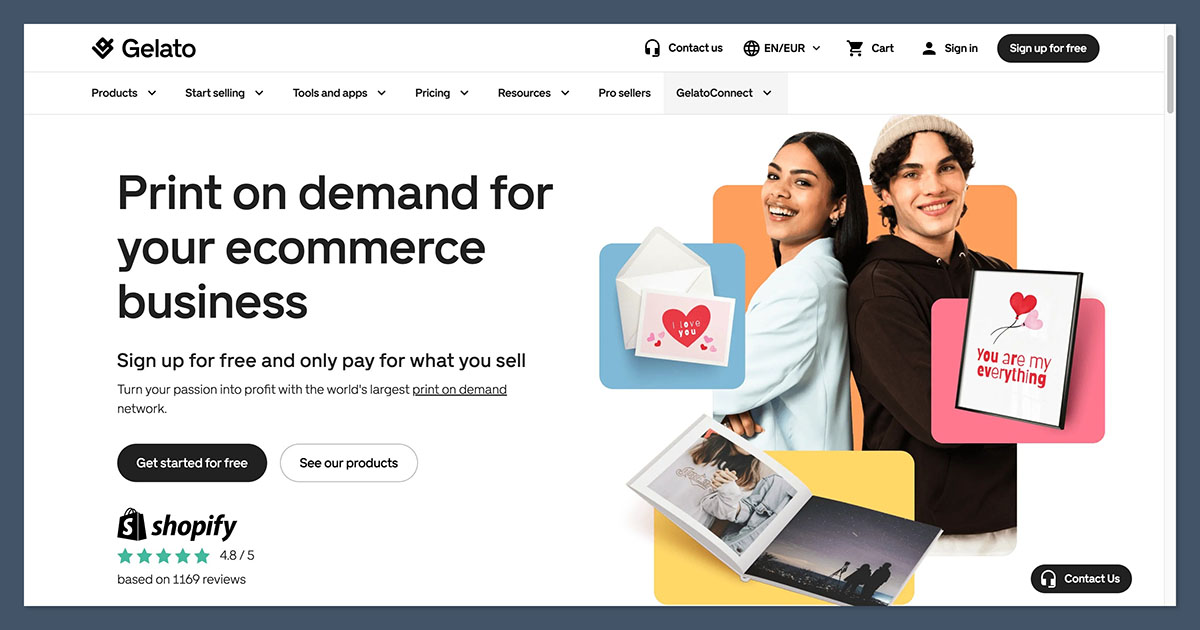
Gelato stands out for its strong international fulfillment network, making it a great option for sellers who want to reach customers worldwide.
It offers good print quality and particularly fast shipping in Europe, which can help improve customer satisfaction and reduce delivery times for international orders.
Pros:
- Global network
- Sustainable materials
- Competitive pricing on some SKUs
Cons:
- Smaller product catalog
- Less widely used in the US
| Platform | Base Tee Price | Shipping (US) | Custom Branding |
|---|---|---|---|
| Printful | $13.00 | $3.99 | Yes |
| Printify | $9.50–$12.00 | $4.00 | No |
| Gelato | $11.00 | $3.50 | Limited |
As you can see from the table, each platform has its strengths depending on your goals. If branding and quality are your focus, Printful is a solid choice.
For better margins, Printify gives you flexibility with pricing, while Gelato offers a strong option for sellers targeting international markets.
Choosing the right platform comes down to your priorities—whether that’s profit, brand control, or global reach.
What Kills Profit in POD (and How to Fix It)
There are a few traps almost every beginner walks into. Here’s what to look out for and how to fix it.
1. Running Ads Too Early
Most people start spending on Facebook Ads without a proven product or brand. They burn through $200+ with zero results.
Fix:
- Test products organically on TikTok or Instagram
- Use friends or niche groups for feedback before spending
- Launch to an email list or community first
2. No Upsells or Repeat Offers
If every customer only buys once, you have to keep spending to acquire more. That’s a hard model to sustain.
Fix:
- Use post-purchase upsells (via apps like Zipify or ReConvert)
- Offer product bundles or collections
- Email your list weekly with new drops or exclusive discounts
3. Weak Designs or Mockups
No matter how smart your niche is, if your designs look like clipart, people won’t pay. Poor mockups reduce perceived value.
Fix:
- Hire a designer or use premium design templates
- Use real model photos, lifestyle images
- Test different color options and styles
These common mistakes can quietly drain your profits if you’re not paying attention. Rushing into ads, skipping upsells, or using weak visuals might seem minor at first, but they add up fast.
Fixing these issues doesn’t always require more money—it just takes smarter decisions.
By tightening up your designs, dialing in your customer journey, and building some real demand before spending on traffic, you’ll set yourself up for long-term profit instead of short-term frustration.
Case Studies: POD Stores Making It Work
Here are some real examples of POD stores that became profitable — and how they did it.
Case Study 1: “Dads Who Grill” Niche
- Shopify store using Printify
- Average order value: $38
- Primary traffic source: TikTok videos (organically reached 1M+ views)
- Strategy: Humor-based designs for grilling dads
Result:
After 3 months of consistent posting and testing products, the store hit $12,000/month revenue with about 40% net margins (no ad spend).
Case Study 2: Military Spouse Store
- Niche apparel for army wives and military moms
- Used Printful for better quality and custom branding
- Promoted via Pinterest and Facebook Groups
- Leveraged emotional connection with designs
Result:
Email list of 5,000+ within the first 6 months. Repeat purchase rate: 32%. Monthly profit: $4,500 (after ad costs)
Case Study 3: YouTuber Launch
- YouTube channel with 150k subscribers
- Used merch for monetization
- Connected Shopify store to Printful
- Promoted only via videos and pinned comments
Result:
$8,000+ in profit in the first month. No paid ads. Extremely loyal buyer base.
How to Make Your POD Business More Profitable
Let’s say you’re already selling and not seeing great margins — or you’re just starting and want to avoid mistakes.
Here are the things that actually move the needle.
Increase Perceived Value
- Focus on emotional connection, not just design
- Use strong copywriting on product pages
- Show lifestyle photos, not just flat mockups
Raise Prices (Strategically)
If you’re charging $24.99, test bumping to $27.99. Add a free shipping threshold to increase cart size.
Build an Email List
Use Klaviyo or Omnisend and set up basic flows:
- Welcome series
- Abandoned cart
- Post-purchase follow-up
- Product launch emails
Focus on the Backend
- Offer bundles and BOGO deals
- Run flash sales to existing customers
- Launch seasonal collections (Christmas, Father’s Day, etc.)
Final Thoughts: Is It Worth It?
Yes — print-on-demand is profitable, but not by default.
It’s not passive, it’s not magic, and it’s not guaranteed. But if you treat it like a real business and focus on what works (niche, branding, backend), you can make solid money — even without holding inventory.
Start small, pick a focused niche, and avoid shiny-object syndrome. If you can build trust, deliver value, and keep people coming back, POD absolutely has long-term profit potential.
